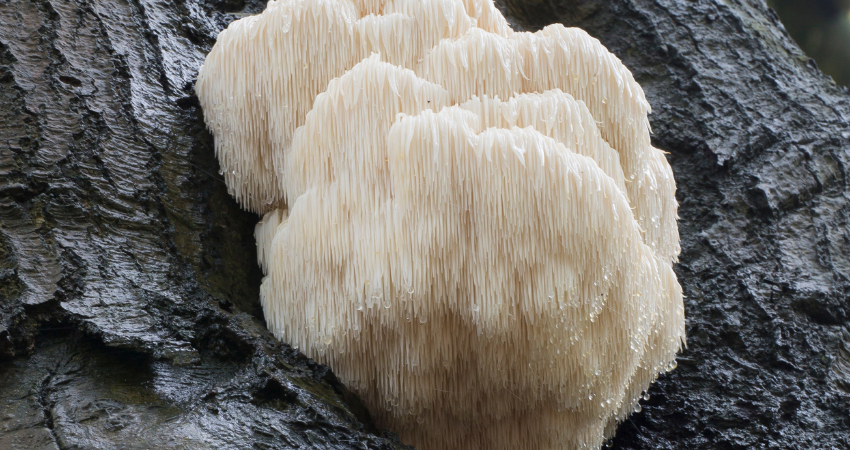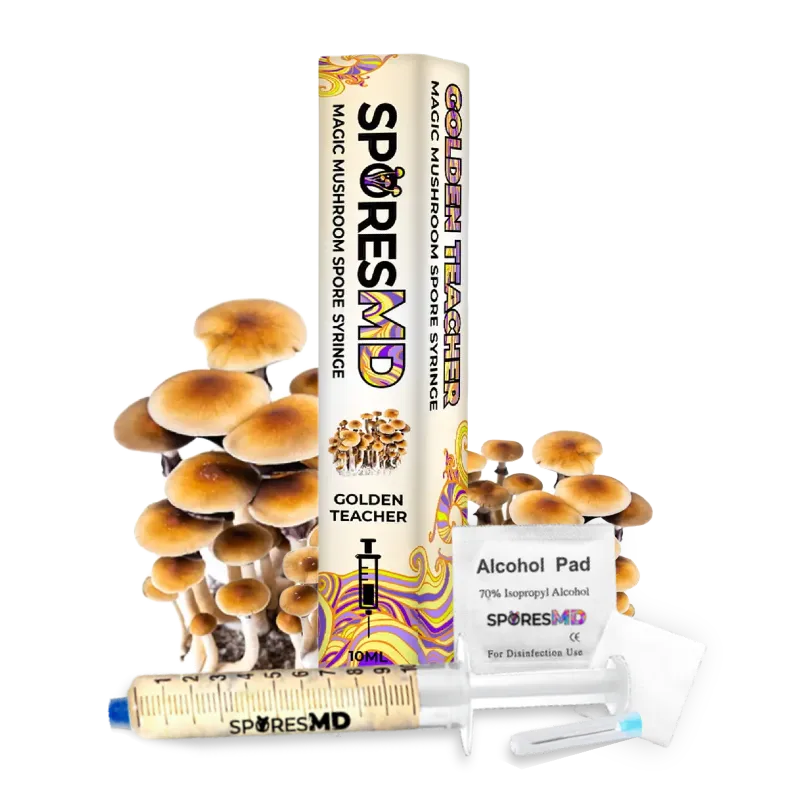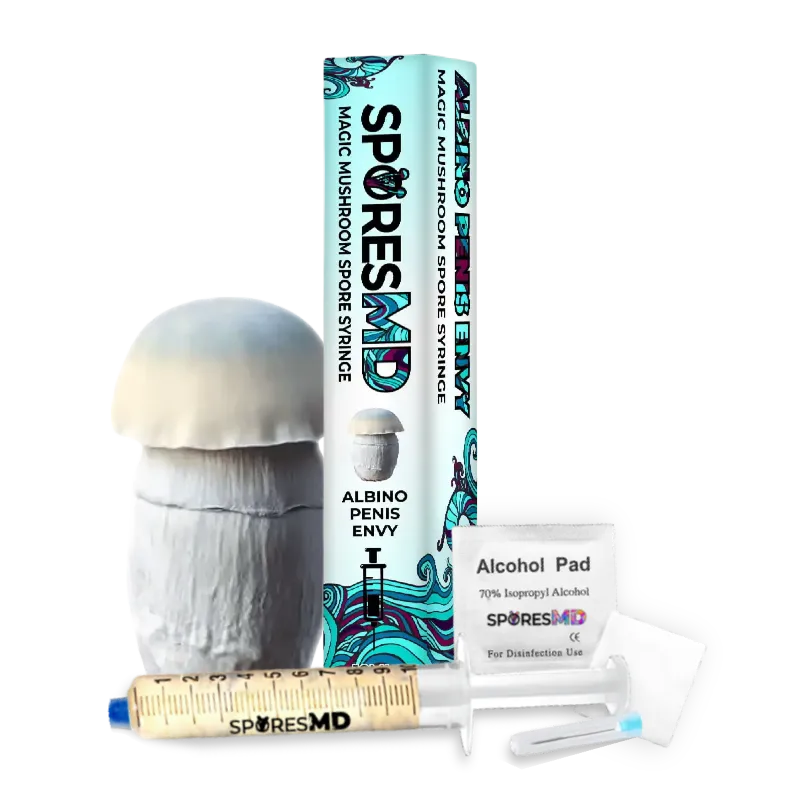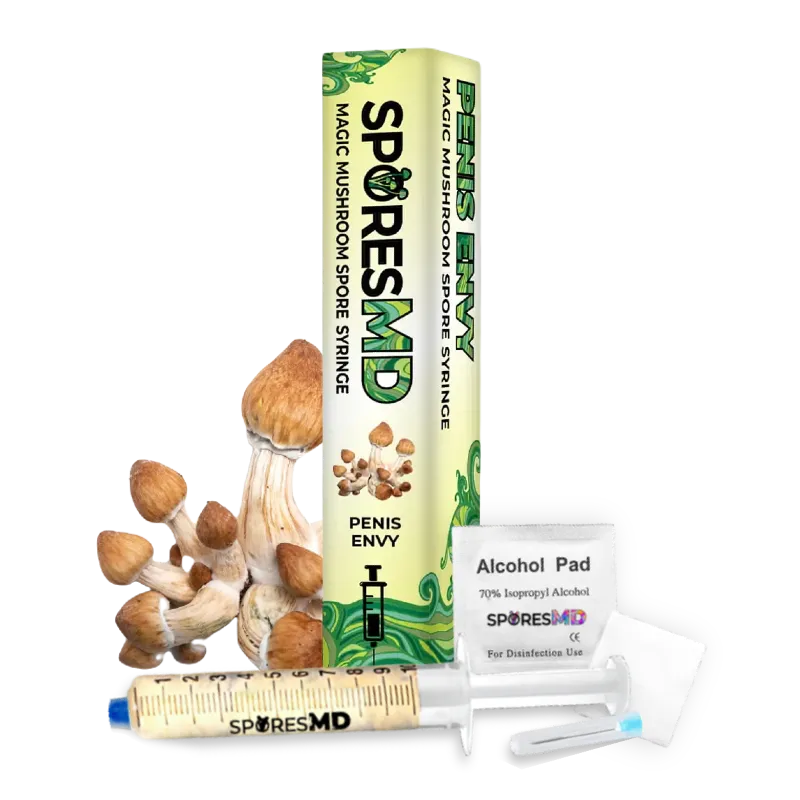Key Takeaways
- Lion’s Mane mushrooms are easy to grow at home and thrive on hardwood or sawdust-based substrates.
- Maintaining optimal conditions—humidity (85%-95%), temperature (65°F-75°F), and indirect light—is crucial for successful growth.
- Proper sterilization of substrates, tools, and growing environments minimizes contamination risks.
- Indoors, use sawdust spawn and grow chambers; outdoors, hardwood logs or beds in shaded, humid areas work best.
- Harvest mushrooms when spines are fully developed but still white, and store them in breathable containers to preserve freshness.
- Lion’s Mane mushrooms can be enjoyed fresh, dehydrated, or frozen and are versatile in culinary dishes like sautés, soups, and stir-fries.
Growing lion’s mane mushrooms is easier than you think. These unique, fluffy fungi are prized for their taste and health benefits. Best of all, you can grow them at home with minimal effort.
Lion’s mane thrives on hardwood or sawdust substrates. With the right conditions—humidity, light, and proper airflow—you’ll see them fruiting in no time. Whether you’re a beginner or an experienced grower, this guide will walk you through each step.
Materials Needed To Grow Lion’s Mane
Growing lion’s mane mushrooms requires specific materials to ensure successful cultivation. Selecting the right medium and tools creates the foundation for healthy growth.
Choosing A Growing Medium
The substrate determines nutrient availability for lion’s mane.
- Hardwood sawdust: Opt for sterilized sawdust from hardwoods like oak or maple.
- Supplemented substrates: Add bran or wheat to enhance substrate nutrition.
- Pre-inoculated grow bags: Use ready-to-grow spawn bags for simplicity.
Hardwood substrates provide natural nutrients, while supplementation boosts yields. Research (e.g., University of Minnesota’s mushroom papers) shows hardwood-based substrates improve growth rates.
Essential Tools And Equipment
Gather necessary tools for controlled cultivation.
- Pressure cooker or autoclave: Sterilizes substrate to eliminate contaminants.
- Misting bottle: Maintains consistent humidity levels above 85%.
- Grow chamber: Creates a controlled environment with proper airflow and lighting.
A thermometer and hygrometer help monitor temperature and humidity. Inclusion of HEPA filters ensures an environment free of contamination.
Preparing To Grow Lion’s Mane
Proper preparation is essential when cultivating Lion’s Mane mushrooms. Focus on quality spawn, a clean environment, and the best substrate to ensure successful growth.
Selecting The Right Spawn
- Choose spawn specifically for Lion’s Mane mushrooms (Hericium erinaceus).
- Use options like sawdust spawn, ideal for totem-style inoculation, or plug spawn for drill-and-fill methods on hardwood logs.
- Ensure high-quality spawn to support robust mycelial growth. Reliable suppliers such as North Spore specialize in mushroom spawn.
Sterilizing The Growing Environment
- Maintain a contamination-free space. Use tools like HEPA filters to purify air flow and prevent mold.
- Sterilize equipment and substrates using a pressure cooker or autoclave.
- Regularly disinfect surfaces with isopropyl alcohol or bleach solutions.
Preparing The Substrate
- Opt for hardwood-based substrates like oak, maple, or beech, as Lion’s Mane thrives on these materials.
- Mix hardwood fuel pellets (HWFP) or sawdust with supplements such as bran for extra nutrients.
- Hydrate and pasteurize the substrate to optimize it for colonization. Effective preparation guarantees healthy mushroom yields.
Growing Lion’s Mane Indoors
Cultivating Lion’s Mane mushrooms indoors allows for precise control over key factors like humidity, temperature, and airflow. Follow these steps to create an optimal indoor environment.
Inoculating The Substrate
- Choose a substrate: Use hardwood-based materials like oak, beech, or maple sawdust, or hardwood pellets. These substrates support robust fungal growth.
- Sterilize the substrate: Eliminate contaminants through steam sterilization in a pressure cooker, chemical treatment with hydrogen peroxide, or pasteurization.
- Cool and inoculate: Let the substrate cool to room temperature. Then, inoculate with Lion’s Mane spawn in a sterile environment to prevent contamination.
Ideal Temperature And Humidity Levels
Maintain the temperature between 65°F and 75°F. This range is ideal for spawn colonization and fruiting.
Increase humidity to 85%-95% during fruiting. Use a grow chamber or humidifier to sustain these levels. A hygrometer provides accurate readings to ensure consistency.
Prevent drying by misting the environment regularly while ensuring fresh airflow for proper development.
Managing Light Conditions
Expose the mushrooms to 12 hours of indirect light daily. Lion’s Mane mushrooms benefit from natural or artificial light, like LED grow lights.
Keep the light intensity low to medium, as excessive brightness hinders fungal growth. Avoid direct sunlight, which may dry out the substrate.
Position lighting evenly to encourage uniform growth and prevent uneven development of mushroom clusters.
Growing Lion’s Mane Outdoors
Outdoor cultivation of Lion’s Mane leverages natural conditions for robust growth. Focus on creating the ideal location, preparing suitable substrates, and preventing threats for optimal results.
Choosing The Right Location
Select a shady, humid area to promote mushroom growth. Lion’s Mane prefers damp spots with minimal direct sunlight, like shaded gardens or under trees.
Maintain a temperature range of 55°F to 70°F for healthy development. Shady areas naturally offer cooler conditions essential for fruiting. If necessary, use shade cloths or similar materials to regulate microclimate conditions.
Preparing Logs Or Outdoor Beds
Use hardwood logs like oak, beech, or maple for the substrate. These woods are rich in lignin, which supports mycelium colonization. Avoid decayed or rotting wood, as it compromises growth.
Drill evenly spaced holes around the logs, fill them with sawdust or plug spawn, and seal with wax. Alternative outdoor beds can be made using sterilized hardwood sawdust mixed with bran, placed in a humid, shaded location.
Protecting From Pests And Adverse Weather
Apply barriers such as fine mesh or insect netting to prevent pest attacks. Slugs and insects frequently damage outdoor mushrooms.
Use a tarp or plastic sheeting to shield growing areas from heavy rain and sudden temperature changes. Monitor daily for unwanted exposure caused by animals or strong winds, and adjust coverings as necessary.
Common Issues And Troubleshooting
Addressing common issues ensures a higher success rate when growing Lion’s Mane mushrooms. Proactive management helps you maintain healthy growth and prevent wastage.
Identifying Contamination
Contamination affects the quality of your mushrooms. Discoloration such as green, blue, orange, or black on the substrate signifies mold or bacterial infections. Act swiftly to remove affected areas.
Look for fuzzy growth resembling cotton. Even though white fuzz is natural in some cases, rapid spreading could indicate contamination. Maintain strict sterilization of tools and growing environments to minimize risks.
Dealing With Poor Growth
Suboptimal growth results from improper environmental factors. Ensure temperatures remain between 60-75°F (15-24°C) and humidity around 90%. Use a hygrometer for precise control.
Inadequate nutrients in the substrate can lead to poor development. Supplement hardwood substrates with materials like bran or wheat for higher yields. Enhance airflow by introducing small fans if stagnation impacts growth.
Preventing Diseases And Pests
Protect your mushrooms from pests and diseases through vigilance. Utilize physical barriers and HEPA filters indoors to block microbial and insect interference.
Inspect growing areas frequently for signs of infestation. Outdoor setups benefit from coverings like netting to deter pests. Keeping the substrate slightly drier during non-fruiting phases also mitigates disease risks.
Harvesting Lion’s Mane
Lion’s Mane mushrooms provide the most flavor and nutrients when harvested at the right stage using precise techniques.
Knowing When Your Mushrooms Are Ready
Inspect Lion’s Mane mushrooms for maturity by observing their shape and texture. Fully grown mushrooms have a spongy, white appearance with elongated “spines” measuring about 0.4-0.6 inches.
Harvest when the edges turn slightly yellow or before spines start browning, as this indicates beginning over-maturity. Delaying harvest can cause the mushroom to lose quality and flavor.
Proper Harvesting Techniques
Use a sharp knife or clean scissors to cut Lion’s Mane mushrooms at the base where they connect to the substrate. Avoid pulling or twisting, as this can damage the substrate and inhibit future growth cycles.
Place harvested mushrooms in a breathable container, such as a basket or paper bag, to prevent moisture buildup. Refrigerate immediately to preserve freshness, ensuring optimal taste and texture for your culinary or medicinal uses.
Storing And Using Lion’s Mane
Preserving the freshness of Lion’s Mane mushrooms ensures their unique texture and health benefits are retained. Proper storage methods can extend their usability for culinary and medicinal purposes.
Short-Term Storage
Place fresh Lion’s Mane mushrooms in a breathable container, such as a paper bag, and store them in the refrigerator at 32°F to 36°F. This keeps them fresh for up to 7 days. Avoid airtight containers, as they trap moisture and promote spoilage.
Check for discoloration or sliminess before use. Proper handling prevents loss of nutrients and quality.
Long-Term Storage
Dehydrate Lion’s Mane mushrooms at 135°F using a food dehydrator, as this method preserves their texture and medicinal properties. Once fully dried, store them in an airtight container in a cool, dark place for up to 6 months.
Alternatively, freeze cooked Lion’s Mane pieces in resealable freezer bags. This retains their flavor and allows for convenient use in recipes.
Culinary Uses And Preparation Ideas
Incorporate Lion’s Mane into dishes to enjoy its mild, seafood-like flavor. Slice and sauté it with garlic and butter for a simple side dish. Use it as a meat substitute in crab cakes or stir-fry recipes for a nutritious twist.
Add to soups or stews where its chewy texture enhances the dish. For creative preparations, try blending dried Lion’s Mane into powder and using it as a seasoning. Always experiment to explore its versatility.
Conclusion
Growing lion’s mane mushrooms offers you a rewarding way to enjoy their unique flavor and health benefits right at home. Whether you’re cultivating indoors or outdoors, careful preparation and attention to detail can lead to impressive results. By maintaining optimal conditions and staying vigilant against potential issues, you’ll set yourself up for a successful harvest. With patience and practice, you can master the art of growing these fascinating mushrooms and elevate your culinary creations.






